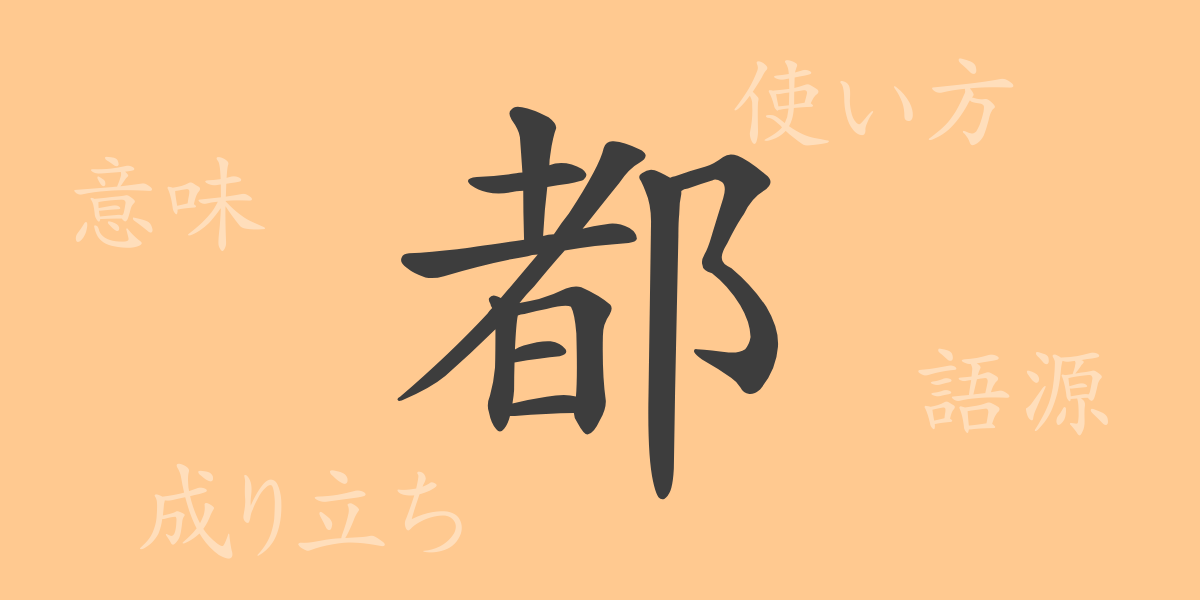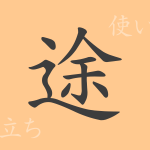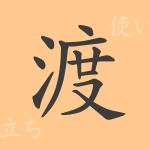The depth and beauty of each kanji character symbolize the richness of Japanese culture and language. The kanji ‘都(ト)’ resonates uniquely, reflecting the spirit and history of Japan. This article explores the origins, contemporary usage, and allure of ‘都’, inviting readers into the world of this fascinating character.
Origins of ‘都(ト)’
Our journey to understand the kanji ‘都’ begins in ancient China, where it was used to denote large settlements or capitals. Originally, it symbolized a gathering place—a hub where people convene, gradually becoming associated with capitals and cities. Over time, ‘都’ made its way to Japan, where it evolved uniquely within the local context.
Meaning and Usage of ‘都(ト)’
In modern Japanese, ‘都’ primarily denotes a major city or capital. It is also used to indicate a political or cultural hub. Commonly, it appears in administrative divisions like ‘東京都(とうきょうと)’ (Tokyo Metropolis) and ‘京都府(きょうとふ)’ (Kyoto Prefecture), and metaphorically to describe urban centers.
Readings, Stroke Count, and Radical of ‘都(ト)’
The kanji ‘都’ is significant in Japanese calligraphy due to its form and structure.
- Readings: On’yomi ‘ト’, Kun’yomi ‘みやこ’
- Stroke count: 11
- Radical: 邑(むらがまえ)
Phrases, Idioms, and Proverbs Using ‘都(ト)’
‘都’ appears in various idioms and phrases, enriching Japanese expression. For example, ‘都会(とかい)’ refers to a large city, symbolizing the complexity and bustle of urban life. ‘都落ち(みやこおち)’ describes a fall from grace or departure from prosperity, originally meaning to leave the capital. ‘都鳥(みやこどり)’ evokes nostalgia for the old capital.
Conclusion on ‘都(ト)’
The kanji ‘都’ communicates the beauty of Japanese language through its form and meanings. As a symbol of cities and capitals, it is deeply intertwined with Japanese identity, appearing in many idioms and phrases. As an enduring element of Japanese heritage, it will continue to be cherished in our language.

























